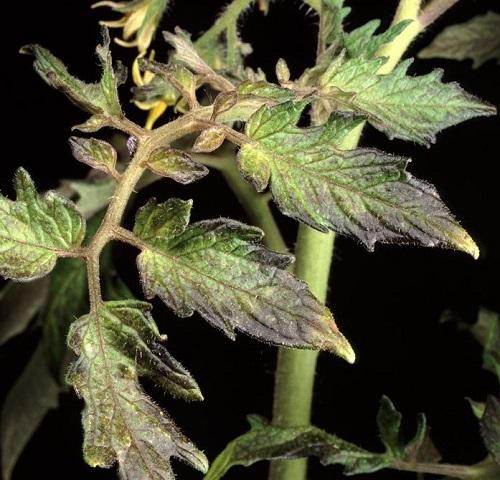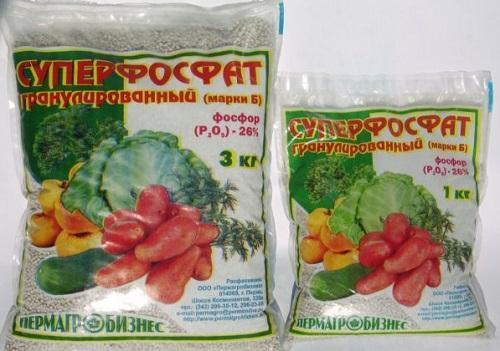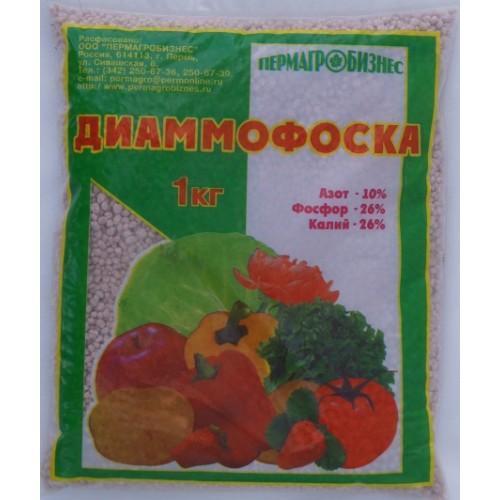Phosphate fertilizers for tomatoes: types, names, application
Phosphate fertilizers play a key role in the development of plants, including tomatoes. They provide the energy needed for metabolic processes. As a result, tomatoes grow better, form a strong root system, green mass, form high-quality seeds, and also bear fruit well.
A characteristic feature of phosphorus is that the plants take only the necessary amount of fertilizer from the soil. Excess dosage during application will not become destructive, but a lack of phosphorus will lead to a halt in all development processes.
Signs of phosphorus deficiency

Signs that tomatoes are lacking in phosphorus are:
- the color of the leaves is purple;
- change in the shape of the leaves with their further falling off;
- the appearance of dark spots on the lower leaves of the bush;
- inhibition of the growth of crops, as a result of which the bushes grow low;
- a weak root system does not hold plants well in the soil.
Rules for applying phosphorus fertilizers
When applying phosphorus fertilizers, the following rules are followed:
- Fertilizers in granular form are applied in close proximity to the roots. It is impossible to scatter them over the beds from above, since phosphorus does not dissolve in the upper layers of the earth. It is better to apply for digging a garden or in the form of a liquid infusion when watering.
- The greatest effect will be given by the autumn application of phosphorus: during the winter it will have time to be fully absorbed.
- With constant application of phosphorus fertilizers, the result will appear in the third year.
- When phosphorus is used on acidic soils, they must be lime beforehand. To do this, 1 month before the application of phosphorus fertilizers, lime (500 g per 1 sq. M.) Or ash (200 g per 1 sq. M.) Are scattered on the beds.
Types of phosphorus fertilizers for tomatoes, their application
Depending on the composition, phosphorus fertilizers can be divided into three types: mineral, complex and organic.
When growing tomatoes, the following phosphorus fertilizers are used:
- Superphosphate. Introduce when planting tomato seedlings at the rate of 1 hole 20 g of the drug. Or make liquid dressing at the beginning of the flowering period with a solution consisting of 100 g of superphosphate and 10 liters of water. Half a liter of solution is enough for one bush. Read: fertilizer superphosphate application in the garden!

- Diammophos.Contains up to 52% phosphorus and up to 23% nitrogen. It is introduced once either into the hole when planting seedlings, or in the form of a liquid solution during flowering.

- Potassium monophosphate. Contains 50% phosphorus and 34% potassium. Two dressings are enough per season. It is used for foliar dressing (15 g per 1 sq. M.).

- Nitrophoska... A solution of 1 tsp. the preparation for 1 liter of water is watered with seedlings two weeks after planting.

- Bone flour. Contains up to 35% phosphorus. Introduce when planting tomato seedlings (2 tbsp. L. In the hole).

As an organic phosphorus fertilizer, gardeners use compost prepared with the addition of certain plants containing phosphorus (wormwood, feather grass).